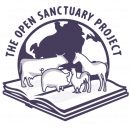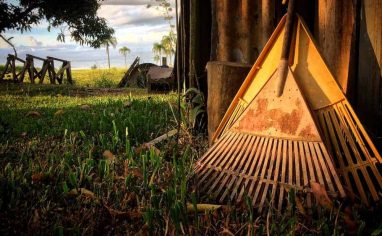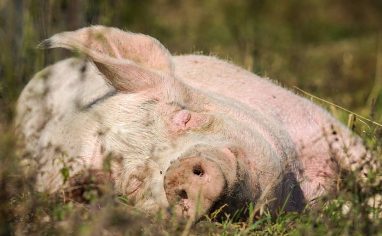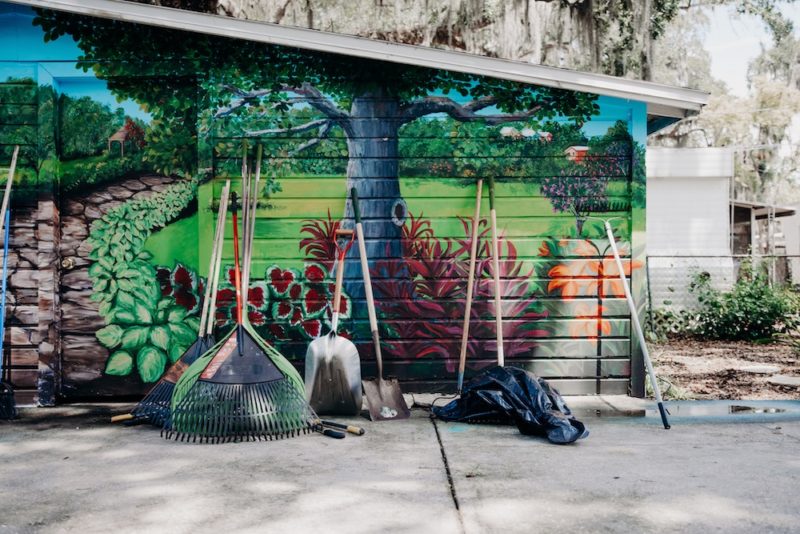
Cleaning and maintenance are essential aspects of caring for sheep. Providing a clean living space can help prevent illness, and regular maintenance will keep spaces safe both for the sheep residents and their human caregivers.
Create And Maintain A Cleaning Schedule
Though it’s important to check spaces each day and do any necessary spot cleaning, the frequency at which full cleanings are needed will be based on various factors.
When establishing cleaning schedules, keep the following in mind:
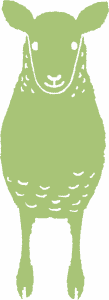
- The frequency at which an indoor space will need to be cleaned will depend on the number of residents, how much space they have, and how much time they spend indoors. This may change seasonally if residents spend more time indoors during certain times of year than others.
- Certain areas may need to be cleaned more often than others. This might include around hay feeders and waters, entryways, and other areas where residents spend most of their time.
- When first determining how often indoor spaces must be cleaned, it might work well to evaluate the space daily to determine if it needs to be spot cleaned (making note of soiled areas) or totally cleaned. Tracking this information can help you determine if a set schedule makes sense (such as spot cleaning around hay feeders and waters daily and then doing a full cleaning every X number of days) or if it makes more sense to continue checking the area daily and cleaning as needed.
- Regardless of your cleaning schedule, if bedding becomes wet, it must be replaced. In addition to wet areas caused by urine, water units can leak, or precipitation may blow into the space soaking certain areas which will need to be cleaned.
Routine Cleaning
Be sure to do the following during habitat cleaning:
- Remove all bedding and any hay that has fallen on the ground. Use a stall deodorizer to neutralize odors and ammonia and absorb moisture.
- If you are using stall mats, remove and clean under them regularly.
- Be sure to check for areas where bedding or hay can build up (such as behind hay feeders, in or under mineral feeders, in small nooks, behind open slider doors, etc.) and remove debris regularly.
- Dust fans, ledges, and other surfaces to promote healthier air quality (this is best done after putting down fresh bedding).
- Drinking water sources should be cleaned at least once per day and refilled with fresh, clean water. Because the cleaning process can result in bedding ending up in water sources, it’s a good idea to clean these after new bedding has been added to the space.
- While vegetated outdoor areas aren’t typically cleaned regularly, smaller outdoor dirt areas can, and should, be cleaned. This can be accomplished with equipment designed to collect manure, or it can be accomplished manually. We’ve even heard of people using a leaf blower to blow sheep poop into a “pile” to make scooping it up easier.

Further Reading
Wondering what to do with all that poop? Check out our introductions to manure management and composting for more information.
Deep Cleaning
In addition to routine cleaning, be sure to schedule a few deep cleanings each year. This is the time to more thoroughly clean the entire space, which may include the following:
- Dusting and removing cobwebs in hard-to-reach areas that are difficult to do regularly
- Wiping down gates and feeders
- Disinfecting non-porous surfaces
- Digging out and replacing the top level of dirt flooring (or digging out and replacing dirt in specific areas as needed)
Keep The Weather In Mind When Scheduling Cleaning and Maintenance Projects
Avoid projects that require locking residents out of their indoor spaces during uncomfortable weather. This may mean scheduling projects for early morning, before temperatures heat up, or finding a way to clean spaces without restricting your residents’ access to the space during cold, blustery weather.
Cleaning Supplies
Suggested supplies for habitat cleaning include:
- Pitchfork, rake, and/or shovel to remove bedding. In larger spaces, you may opt for equipment such as a skid steer loader with a bucket attachment to scoop and remove bedding.
- Non-toxic stall deodorizer. Avoid using hydrated lime as a stall deodorizer – it’s not safe for you or your residents to breathe it in, and it can also cause skin and eye irritation.
- Large buckets to hold old/soiled bedding or bigger equipment such as a tractor with a tow-behind dump cart.
- Broom to remove cobwebs and sweep up dust/debris from non-dirt areas
- Long-handled duster to dust circulation fans
- Animal-safe disinfectant or cleaner, such as dilute chlorhexidine or Bac-Out, to clean non-porous surfaces
- Cloth rags to wipe down ledges, window sills, fans, etc.
- Face masks to prevent dust inhalation
For more helpful supplies to consider keeping on hand, check out our supply checklist resource here!
Maintenance
While you should always be on the lookout for areas of the habitat in need of maintenance so you can address issues in a timely manner, some maintenance issues are most apparent when bedding is removed, so be sure to closely examine the habitat during regular cleaning. While there are a variety of things that can break or otherwise require maintenance, the following are of particular note:
- Dirt floors can develop divots over time, and these can result in injury to residents or humans. Be sure to fill these in as needed. You also may find that after repeated cleanings, the floor is no longer higher than the outside ground, resulting in drainage issues. You’ll need to add dirt to maintain a slightly elevated interior space.
- In addition to fixing anything that appears to be in need of repair, be sure to inspect all heating and cooling systems prior to the time at which you typically need them (i.e. inspect all fans before warm weather hits). This will allow you to fix or replace devices as needed and ensure that you are able to keep residents comfortable.
- Before cold weather hits, be sure to check the living spaceThe indoor or outdoor area where an animal resident lives, eats, and rests. for gaps or cracks that could create a draft. We mentioned above that dirt floors wear away over time, and this can leave a gap between the floor and the bottom of structure walls. Filling in the floor will help reduce drafts. Similarly, warped or broken boards or cracks in walls can create a draft and should be repaired.
- Most wood siding will need to be repainted or restrained as needed to keep it protected and prolong its life. Be sure to use paints and stains that are safe to use around animals.
- If the structure has metal siding, be aware that it can develop sharp edges when damaged, which will need to be addressed in order to prevent injury.
- Be sure to inspect fencing regularly so that any necessary maintenance can be performed. If residents haven’t been on a particular pasture in a while, it’s generally a good idea to walk the fenceline before giving them access to the space. It’s also wise to check fences following any storms that have the potential to cause damage.
Pasture Maintenance And Renovation
In order to ensure pasture health and proper nutrition for your residents, you’ll need to keep pastures properly maintained, and you may find that you need to reseed them. If this is not something you have experience with, it can be helpful to work with your local cooperative extension to assess your pasture spaces and determine any improvements that may be needed.
Now that you’ve got an idea of the cleaning and maintenance required, be sure to come up with a plan to keep on top of these tasks. Doing so will help in maintaining your sheep residents’ health, comfort, and safety!


